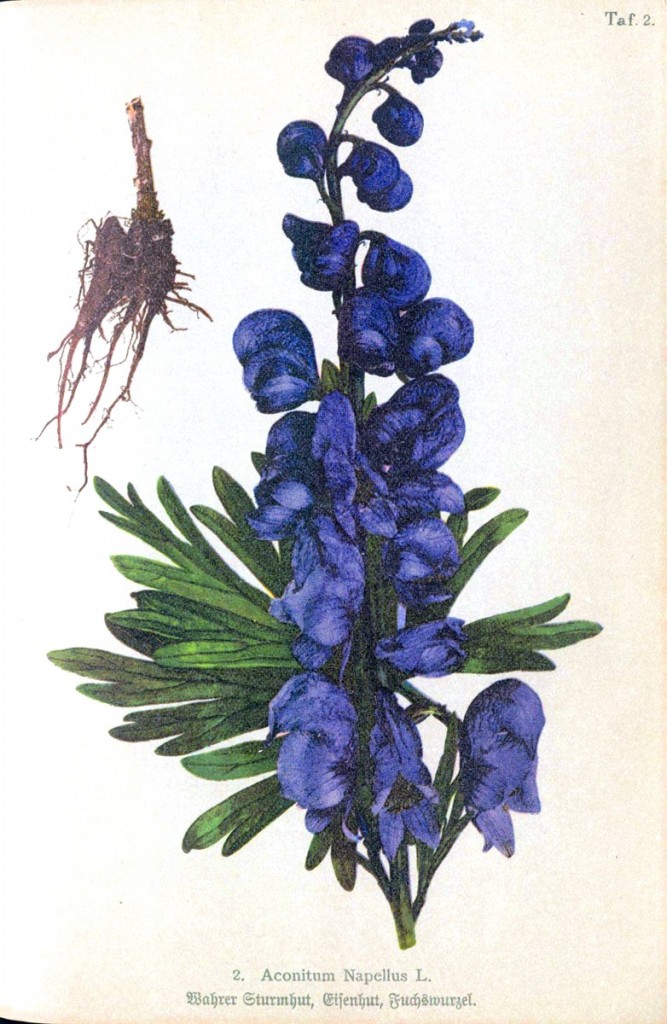 Following the unexplained death of a gardener at a millionaire’s estate in Hampshire, England, a coroner has been told that it is more likely than not that brushing against the poisonous common garden plant aconitum, known variously as wolfsbane or monkshood, must have caused the man’s decease. [Independent]
Following the unexplained death of a gardener at a millionaire’s estate in Hampshire, England, a coroner has been told that it is more likely than not that brushing against the poisonous common garden plant aconitum, known variously as wolfsbane or monkshood, must have caused the man’s decease. [Independent]
Maggie Bloom, who is representing the family, said in the pre-inquest hearing yesterday that the initial blood sample had been destroyed – despite being against hospital policy – and that later samples that were retained could be useless as the poison leaves the body within a day.

6 Comments
I have no idea what happened here, and the lack of laboratory evidence is unfortunate, but I would not dismiss this as wildly implausbile. Wolfsbane is not exotic – it grows naturally in Britain and apparently was present in the garden in question. And even experts are sometimes poisoned from handling plants. I have personally seen a professional botanist become ill from handling a poisonous plant well known to her without gloves while preparing a large field collection in a hurry for transport. (In that case, fortunately, the dose was sub-lethal.)
How does the poison leave a dead body?
It doesn’t, but it does break down until it can no longer be detected.
Poisons are normally broken down by bodily processes, usually in two stages via the liver. But a dead body with a dead liver cannot do that job.
I guess it’s possible that this particular poison somehow breaks down on its own within a corpse in some unspecified manner, but that’d certainly be against the norm rather than with it. And wouldn’t there also be a downstream metabolite from the breakdown, however it occurred? And forensic clues pointing more precisely to the manner of the man’s death?
This whole story is just a little too pat and way too vague. I can’t discount it 100%, but it’d be a black swan if true, for sure.
Many poisons break down in a dead body, just as the body itself breaks down. Aconitine is apparently detectable post-mortem after a short time or if the body has been in cold storage but breaks down considerably over a period of a few weeks in bodies around room temperature.
ras wrote at 11.11.14 at 4:37 pm:
No too pat, and no black swan. Pseudaconitine is an extremely potent toxin.
If you trust WikiPedia, look up “Aconitum” (which is the Wolf’s Bane plant), and “Pseudaconitine” (which is the poison made by the plant).
Some salient points from the WikiPedia entry for Aconitum (boldface emphases mine):